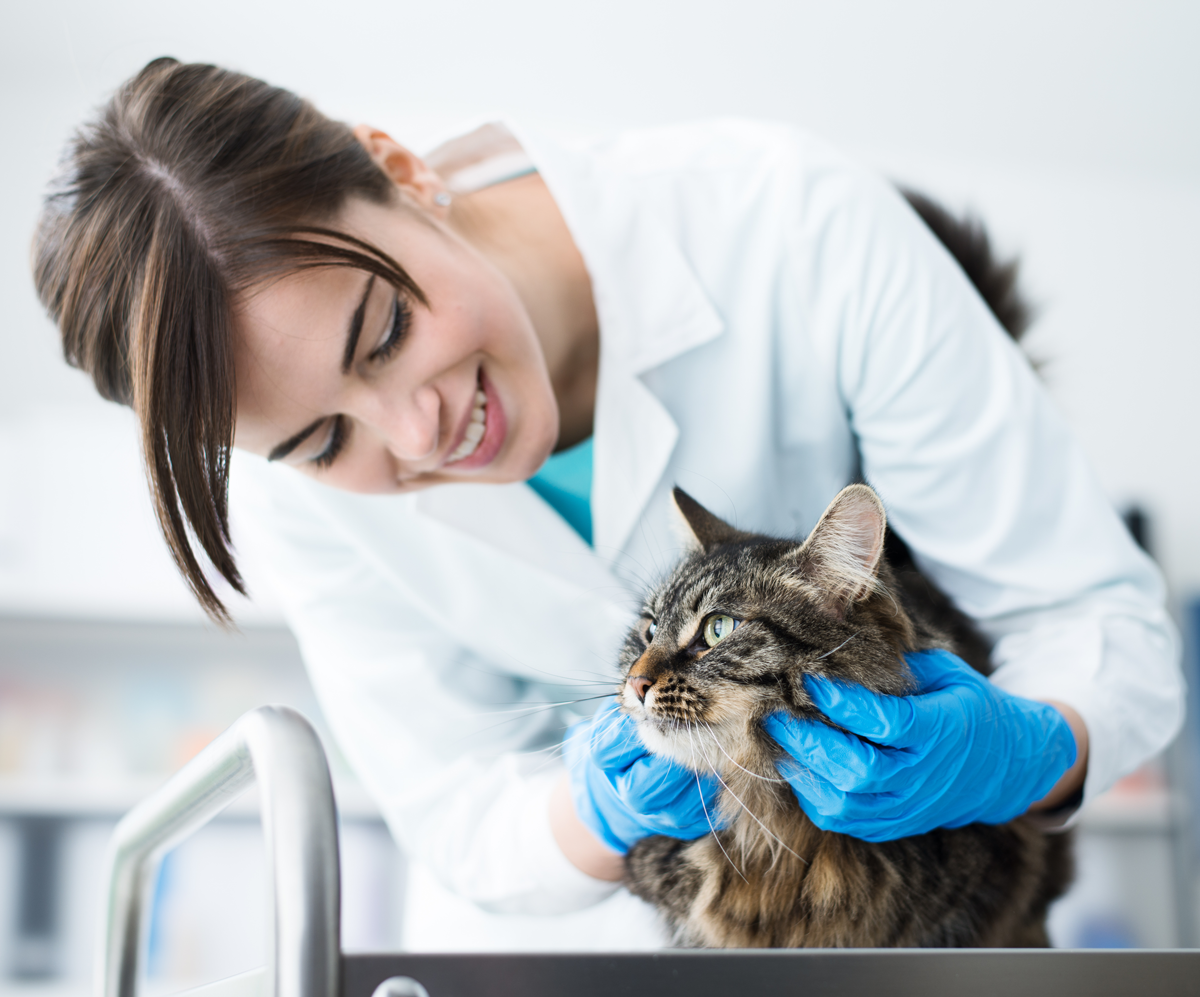
Microchipping your Pet
Updated: 16 March 2023
Microchipping involves inserting a chip - around the size of a grain of rice - under the skin of a pet.
As this chip has a unique serial number, the owner needs to register it to a database.
If the unthinkable happens and your pet wanders away then a vet, rescue centre or dog warden (for dogs) will use a small hand-held scanner to detect the microchip number.
Therefore, if the pet ever becomes lost, when it is found the microchip can be read with a scanner, meaning the registered keeper will be identified on the database so the pet can be quickly reunited with them.
A microchip is a tiny, glass inert capsule containing an identification number linking you to your pet. It is injected with little discomfort between your pet’s shoulder blades. Many pets can be microchipped, including cats, dogs, rabbits and horses. Check with your vet for advice, as it will depend on the species, size and condition of your animal.
Compulsory microchipping of dogs came into effect in April 2016 and all pet cats need to be chipped by 10 June 2024. Microchipping reduces the burden on animal charities and local authorities and help protect the welfare of dogs and cats by promoting responsible pet ownership.
Dogs
From the April 2016 it became a legal requirement for your dog to be microchipped, with all dogs over the age of eight weeks to be fitted with microchips.
The chip needs to be linked to the owner's current contact information to be compliant.
Your dog will still need to wear a collar and tag that states the name and address of the owner when in a public place, even if microchipped.
If you have a dog without a microchip which comes to the attention of the authorities, you may face criminal prosecution and a £500 fine!
Cats
While microchipping your cat isn’t compulsory now, the Government’s announcement on 13 March 2023 means that all pet cats in England must be microchipped by 10 June 2024 and you will be given 21 days to get your cat chipped or face a fine of up to £500 if you don’t comply.
This new rule will not be compulsory for free-living cats, such as those that live with little or no human interaction or dependency, such as farm, feral or community cats.
Find out more on the gov.uk website.
If you’ve adopted a cat or dog from WAW or another animal welfare organisation, there is every chance that your cat or dog may already have a microchip. You’ll need to make sure that your contact details appear when your cat’s microchip is scanned. At WAW, we’ll change your cat’s or dog's details when you formally adopt them. If you’re getting your cat or dog from elsewhere, you’ll need to ask for further information and their original paperwork if possible.
IMPORTANT: Keeping microchip details up to date
It is vital that the owner takes responsibility for updating their pet’s microchip details with the database should their circumstances change - if you move to a new house or change your phone number, rehome your pet etc.
Every year, thousands of pets are unable to be reunited with their owners because their tag and chip details are not up to date. Not only it is a legal requirement to ensure that your contact details are up to date, but the microchip is useless without them.
It’s simple to update the details for your pet’s microchip; you can do it online, by telephone or by post – depending on which database your chip is registered to. Charges for updating your contact details will vary across microchip database providers.
If you are unsure of who your microchip provider is, please contact one of the below databases who will be able to tell you who you are registered with or try check-a-chip.co.uk. If you do not know your pet's microchip number, you will need to have your pet scanned at a vet clinic.
Speak to your local vet about getting your pet microchipped. Find out more about microchipping on the Dogs Trust and Cats Protection websites.
UK Microchip Databases
- Animal Microchips
- Animal Tracker
- Chipworks
- Identibase
- MicroChip Central
- MicroDogID
- National Veterinary Data Service
- Pet Identity UK
- Petlog
- PetScanner
- ProtectedPet
- SmartTrace
- UK PETtrac
